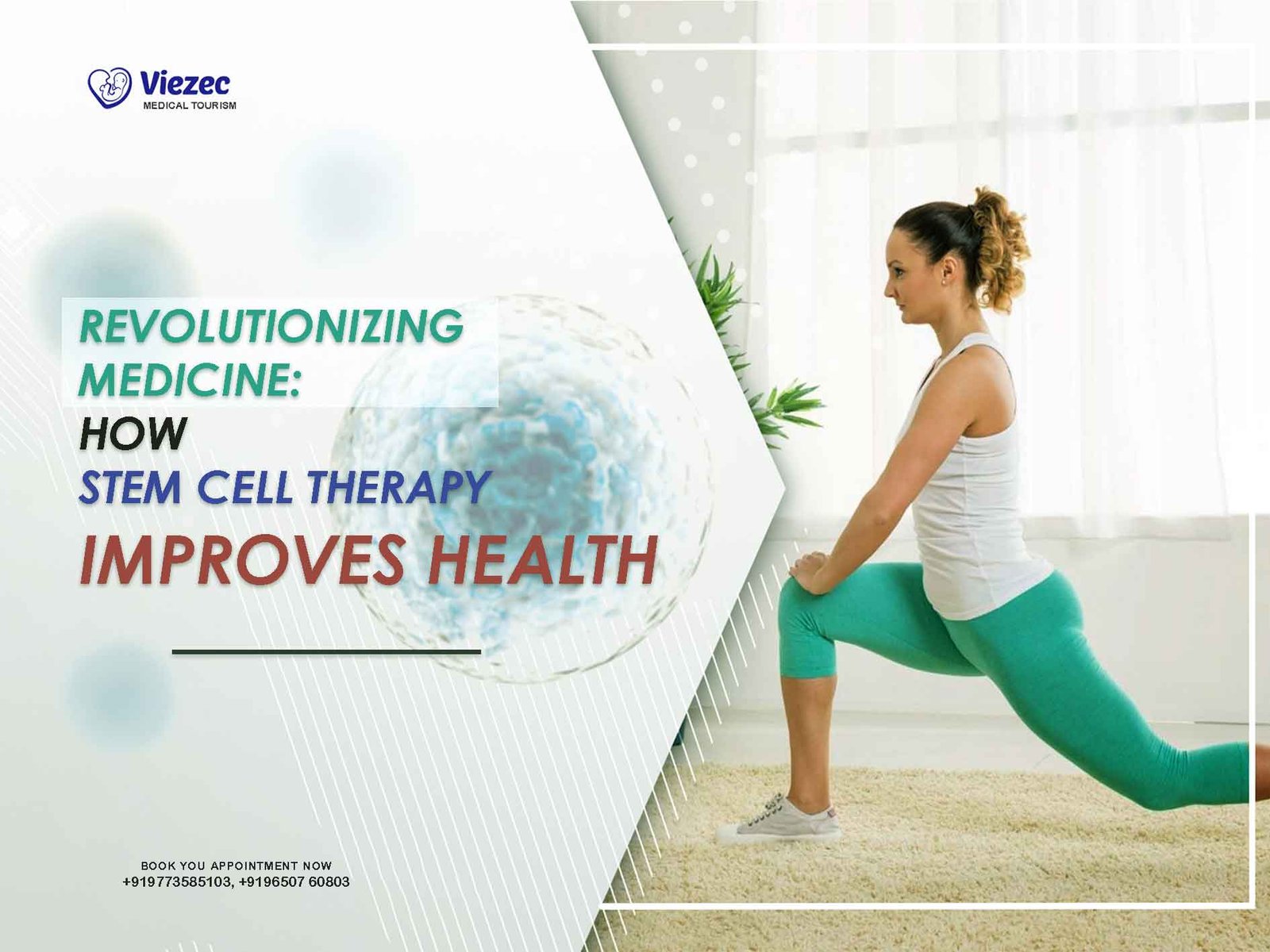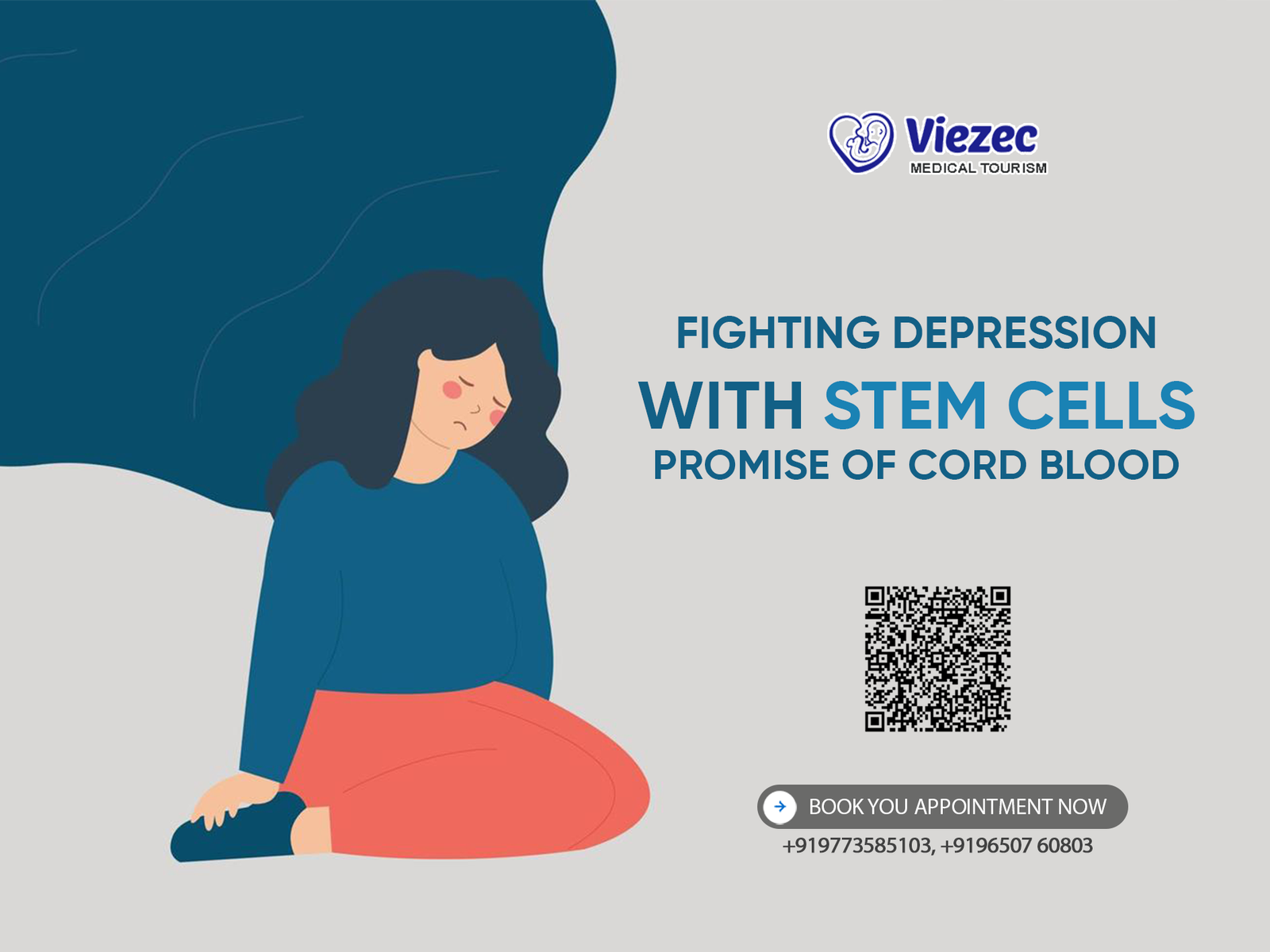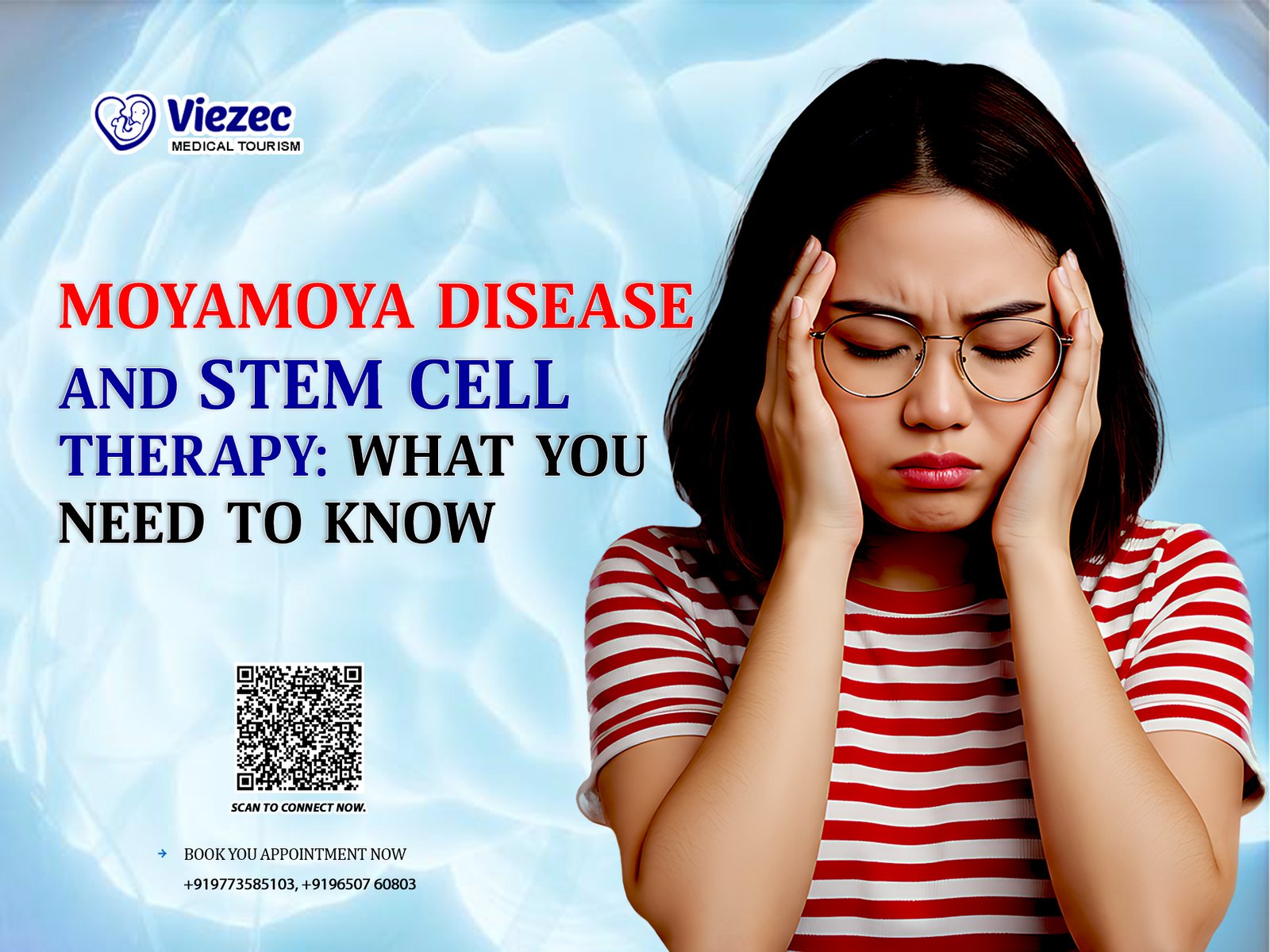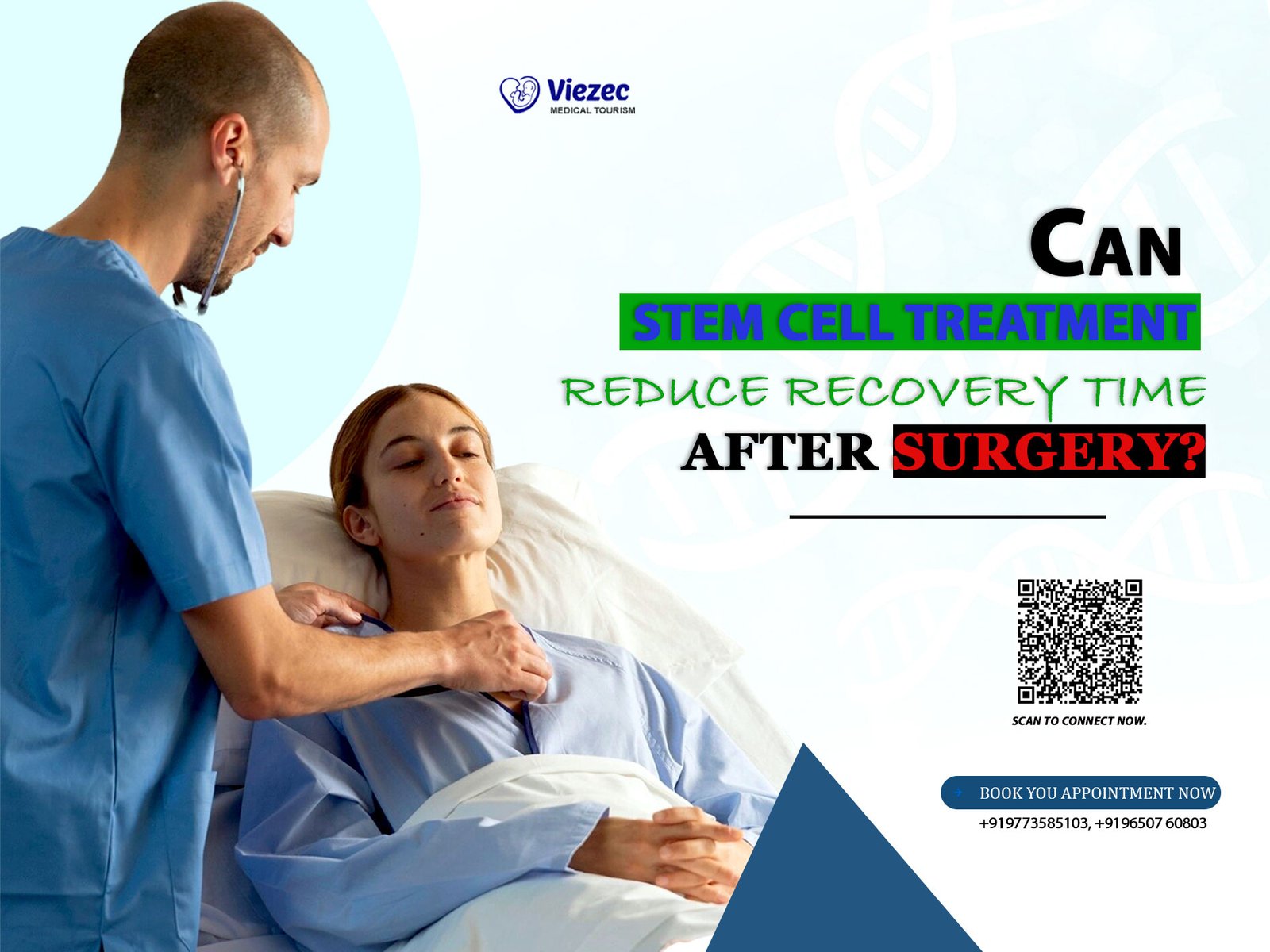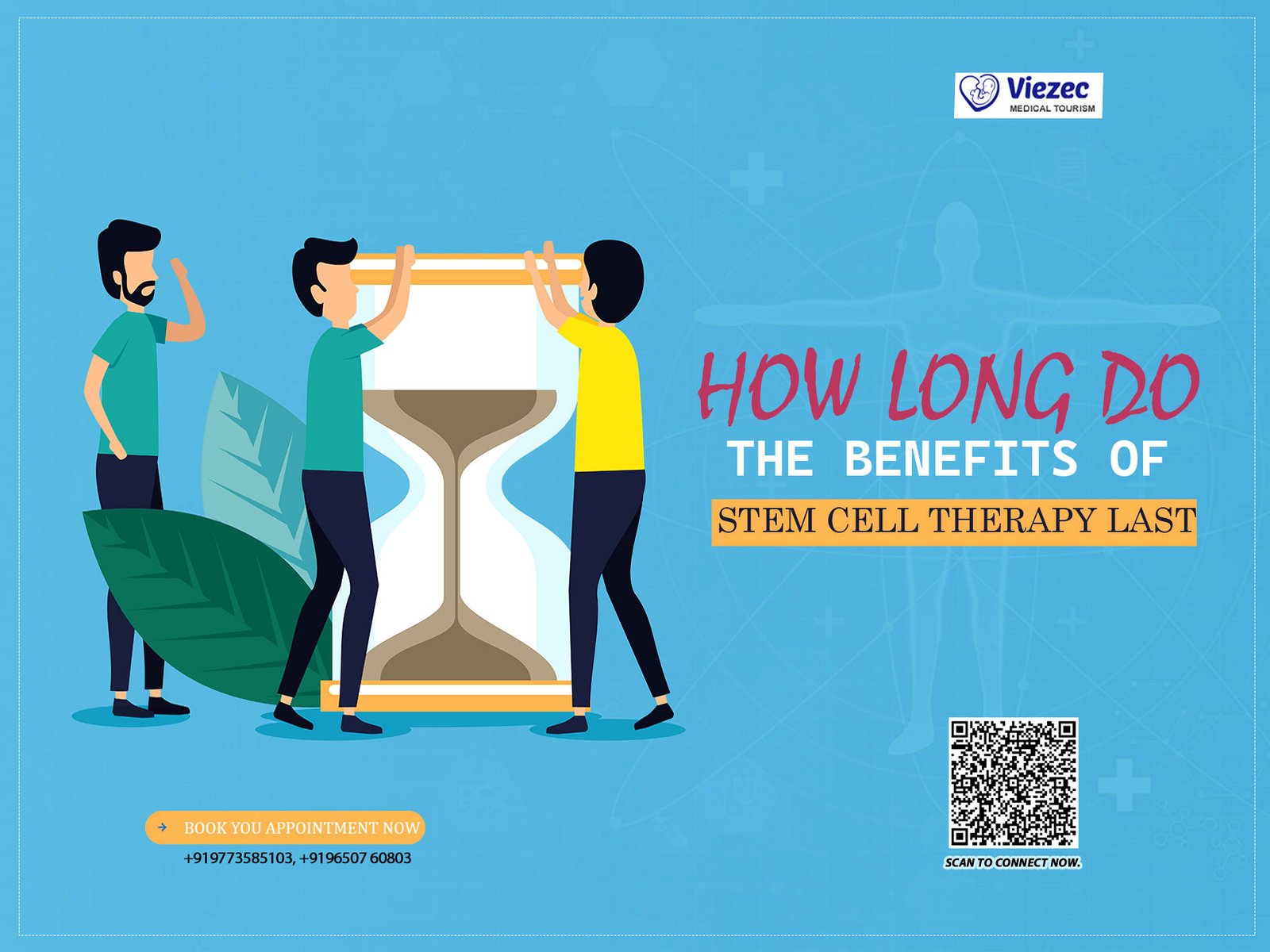In the quest for eternal youth and radiant skin, the field of dermatology has witnessed groundbreaking advancements in recent years. Among these, stem cell therapy stands out as a promising avenue for skin rejuvenation. Stem cells, with their unique ability to self-renew and differentiate into various cell types, offer immense potential for regenerating aging or damaged skin tissue. We will explore the promise of stem cell therapy in reversing the effects of skin aging and revitalizing youthful skin texture.
Understanding Stem Cells
Stem cells are undifferentiated cells capable of transforming into specialized cell types. They are classified based on their origin and potency. Embryonic stem cells, derived from the inner cell mass of blastocysts, possess the highest differentiation potential. Adult stem cells, found in various tissues throughout the body, are more limited in their differentiation capacity. Induced pluripotent stem cells (iPSCs) are adult cells reprogrammed to exhibit embryonic-like properties. Mesenchymal stem cells (MSCs), a type of adult stem cell, hold particular promise for skin rejuvenation due to their regenerative properties.
Skin Aging Process
Skin aging is a complex biological process influenced by intrinsic and extrinsic factors. Intrinsic aging, driven by genetic factors and hormonal changes, leads to gradual loss of skin elasticity and moisture. Extrinsic aging, primarily caused by environmental factors such as UV radiation, pollution, and lifestyle habits like smoking, accelerates skin aging by inducing oxidative stress and inflammation. These processes manifest as wrinkles, fine lines, uneven pigmentation, and loss of skin firmness.
Need for Innovative Rejuvenation Therapies
Conventional skincare treatments often provide limited efficacy in addressing the multifaceted nature of skin aging. There is a growing demand for innovative rejuvenation therapies capable of targeting underlying cellular mechanisms to achieve long-lasting results. Stem cell therapy offers a paradigm shift by harnessing the regenerative potential of stem cells to repair and renew aging skin from within.
Types of Stem Cells Used in Skin Rejuvenation
Various types of stem cells are being explored for their application in skin rejuvenation:
Embryonic Stem Cells
Embryonic stem cells, derived from early-stage embryos, have the highest differentiation potential, making them theoretically ideal for tissue regeneration. However, ethical concerns and regulatory restrictions limit their practical use in clinical settings.
Adult Stem Cells
Adult stem cells, including those sourced from the skin, adipose tissue, and bone marrow, exhibit regenerative properties and can differentiate into skin-specific cell types. They offer a more ethically acceptable and readily available alternative to embryonic stem cells.
Induced Pluripotent Stem Cells (iPSCs)
Induced pluripotent stem cells are generated by reprogramming adult cells to revert to a pluripotent state. iPSCs hold promise for personalized regenerative medicine while bypassing ethical controversies associated with embryonic stem cells.
Mesenchymal Stem Cells (MSCs)
Mesenchymal stem cells, found in various tissues such as bone marrow and umbilical cord, possess anti-inflammatory, immunomodulatory, and regenerative properties. They promote tissue repair and regeneration through paracrine signaling and differentiation into skin-specific cell types.
Mechanisms of Action of Stem Cells in Skin Rejuvenation
Stem cells exert their rejuvenating effects through multiple mechanisms:
Differentiation into Skin Cells
Stem cells can differentiate into keratinocytes, fibroblasts, and other skin cell types, replenishing damaged or senescent cells and restoring tissue integrity.
Secretion of Growth Factors and Cytokines
Stem cells secrete a myriad of growth factors, cytokines, and extracellular vesicles that modulate cellular processes such as proliferation, migration, and collagen synthesis, thereby promoting skin repair and regeneration.
Immunomodulatory Effects
Stem cells regulate immune responses by modulating the activity of immune cells and suppressing inflammation, facilitating a favorable microenvironment for tissue regeneration.
Promotion of Angiogenesis
Stem cells stimulate the formation of new blood vessels, improving tissue perfusion and oxygenation, which are essential for wound healing and skin rejuvenation.
Efficacy of Stem Cell Therapy in Skin Rejuvenation
Clinical studies and trials have demonstrated the efficacy of stem cell therapy in various aspects of skin rejuvenation:
Improvement in Skin Texture and Elasticity
Stem cell-based treatments have been shown to enhance skin texture, increase elasticity, and restore a youthful appearance, attributed to the regeneration of collagen and elastin fibers.
Reduction of Wrinkles and Fine Lines
Stem cells promote the production of extracellular matrix components, such as hyaluronic acid and collagen, leading to the reduction of wrinkles and fine lines associated with aging.
Treatment of Scars and Wounds
Stem cell therapy accelerates wound healing and improves scar appearance by promoting tissue regeneration and modulating the inflammatory response.
Challenges and Limitations of Stem Cell Therapy for Skin Rejuvenation
Despite its potential, stem cell therapy faces several challenges and limitations:
Immunogenicity and Rejection
The immune response to allogeneic stem cell transplantation poses a risk of rejection and inflammatory reactions, necessitating immunomodulatory strategies to enhance graft survival.
Tumorigenic Potential
Stem cells, particularly pluripotent stem cells, carry a risk of tumorigenicity, emphasizing the importance of rigorous safety assessments and monitoring in clinical applications.
Ethical Concerns with Embryonic Stem Cells
The use of embryonic stem cells raises ethical dilemmas related to the destruction of human embryos, prompting the exploration of alternative cell sources.
Standardization of Protocols and Techniques
Variability in cell isolation, culture conditions, and delivery methods complicates the standardization of stem cell-based therapies and hinders reproducibility across studies.
Innovations and Advances in Stem Cell Research for Skin Rejuvenation
To address these challenges, researchers are exploring innovative approaches in stem cell research:
Development of Stem Cell-Derived Skin Substitutes
Bioengineered skin substitutes derived from stem cells offer a promising alternative to traditional skin grafts for wound healing and tissue regeneration.
3D Bioprinting of Skin Tissue
Advances in 3D bioprinting technology enable the fabrication of complex skin structures with precise spatial organization, mimicking the native skin architecture for enhanced regeneration.
Gene Editing Techniques for Enhanced Efficacy
Gene editing tools such as CRISPR/Cas9 hold potential for enhancing the therapeutic efficacy and safety of stem cell-based interventions by precisely modifying genetic targets.
Combination Therapies with Growth Factors and Nanotechnology
Combining stem cell therapy with growth factors, scaffolds, and nanocarriers enhances therapeutic outcomes by optimizing cell delivery and promoting tissue regeneration.
Regulatory Landscape and Future Outlook of Stem Cell Therapy
Regulatory oversight plays a crucial role in shaping the future of stem cell therapy for skin rejuvenation:
FDA Regulations and Approval Process
The FDA regulates stem cell-based products as biological drugs, requiring rigorous preclinical and clinical testing to ensure safety, efficacy, and quality standards.
Global Regulatory Perspectives
Regulatory frameworks vary worldwide, with some countries adopting more lenient or stringent regulations governing the use of stem cells in medical applications.
Potential for Personalized Medicine Approaches
Advancements in stem cell research pave the way for personalized medicine approaches tailored to individual patient needs and genetic profiles.
Future Directions and Emerging Trends
Looking ahead, several trends are expected to shape the future landscape of stem cell-based skin rejuvenation:
Commercialization and Market Trends in Stem Cell-Based Skin Rejuvenation
The growing demand for non-invasive anti-aging treatments drives investment and innovation in stem cell-based cosmeceuticals and medical aesthetics.
Growth of the Cosmeceutical Industry
Cosmeceutical companies are incorporating stem cell-derived ingredients into skincare products, capitalizing on consumer interest in regenerative skincare solutions.
Investment and Funding Trends
Increased investment in stem cell research and development fuels translational efforts to bring novel therapies from the lab to the clinic.
Consumer Acceptance and Demand
Consumer awareness and acceptance of stem cell-based therapies continue to grow, driving market demand for cutting-edge rejuvenation treatments.
Safety Profile and Long-Term Effects of Stem Cell-Based Rejuvenation
Ensuring the safety and long-term efficacy of stem cell-based rejuvenation therapies requires comprehensive monitoring and evaluation:
Monitoring for Adverse Events
Continuous monitoring for adverse events and long-term follow-up studies are essential to assess the safety profile and detect any potential complications.
Longevity of Treatment Effects
Understanding the longevity of treatment effects and optimizing maintenance protocols are critical for achieving sustained improvements in skin quality.
Risk-Benefit Assessment
Balancing the potential benefits of stem cell therapy with the risks of adverse events and long-term complications is crucial for informed decision-making and patient safety.
Patient Selection and Considerations for Stem Cell Therapy
Strategic patient selection and comprehensive pre-treatment evaluation are essential for optimizing treatment outcomes:
Ideal Candidates for Treatment
Candidates with realistic expectations, good overall health, and specific skin concerns such as aging-related changes or scarring are suitable candidates for stem cell therapy.
Pre-Treatment Evaluation and Counseling
Thorough evaluation of medical history, skin condition, and treatment goals, coupled with patient education and counseling, ensures informed consent and treatment adherence.
Managing Patient Expectations
Setting realistic expectations and discussing potential outcomes, limitations, and alternative treatments are essential for managing patient expectations and satisfaction.
Cost-Benefit Analysis and Accessibility of Stem Cell Therapy
The cost-effectiveness and accessibility of stem cell therapy pose challenges to widespread adoption:
Economic Considerations
The high cost of stem cell-based treatments, coupled with limited insurance coverage, may pose financial barriers to access for certain patient populations.
Affordability and Insurance Coverage
Efforts to improve affordability and expand insurance coverage for stem cell therapies are needed to ensure equitable access to innovative rejuvenation treatments.
Disparities in Access to Innovative Therapies
Socioeconomic disparities and geographic barriers contribute to unequal access to stem cell-based rejuvenation therapies, highlighting the need for healthcare equity initiatives.
Ethical and Societal Implications of Stem Cell-Based Skin Rejuvenation
The ethical and societal implications of stem cell-based skin rejuvenation extend beyond scientific and clinical considerations:
Cultural Attitudes Toward Beauty and Aging
Cultural norms and societal perceptions of beauty and aging influence attitudes toward cosmetic procedures and drive demand for anti-aging interventions.
Equity in Access to Cutting-Edge Treatments
Ensuring equitable access to cutting-edge rejuvenation therapies requires addressing systemic barriers and promoting healthcare equity initiatives.
Responsible Research and Innovation
Ethical conduct, transparency, and stakeholder engagement are essential for promoting responsible research and innovation in stem cell-based skin rejuvenation.
Public Perception and Education Efforts
Public education and awareness campaigns play a crucial role in fostering informed decision-making, dispelling myths, and addressing misconceptions about stem cell therapy.
Stem cell therapy holds tremendous promise for revolutionizing the field of skin rejuvenation by addressing the underlying cellular mechanisms of aging and promoting tissue regeneration. While challenges and ethical considerations remain, ongoing research and regulatory efforts aim to maximize the therapeutic potential of stem cells while ensuring patient safety and accessibility. With continued advancements in stem cell technology and translational research, the future of skin rejuvenation looks brighter than ever, offering hope for achieving timeless beauty and healthy aging for generations to come.



